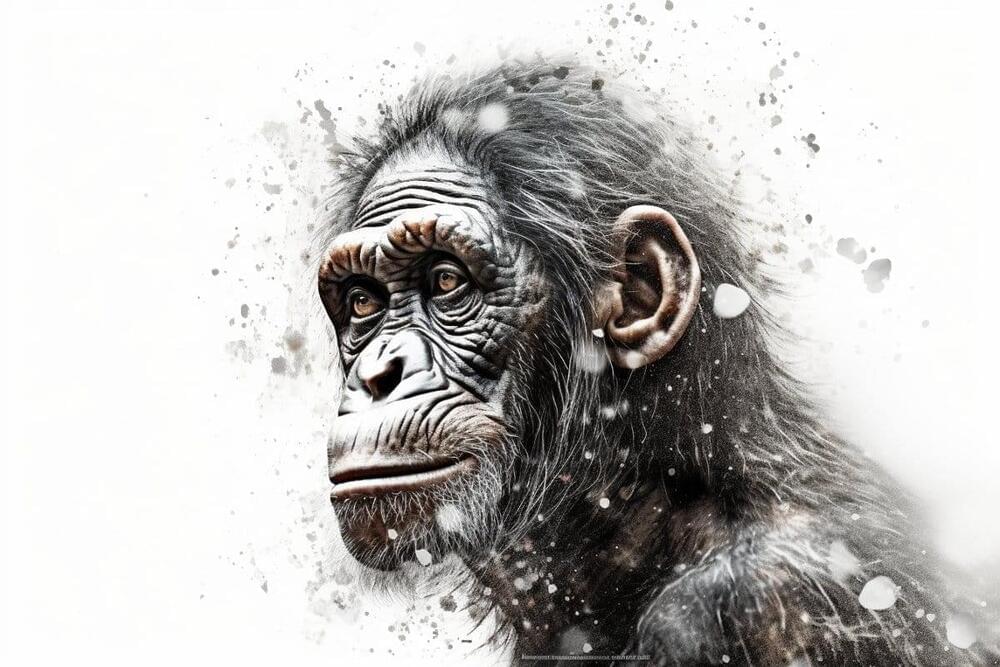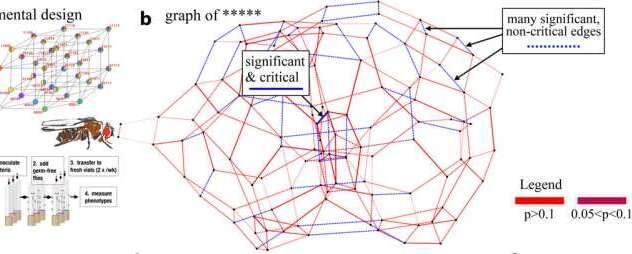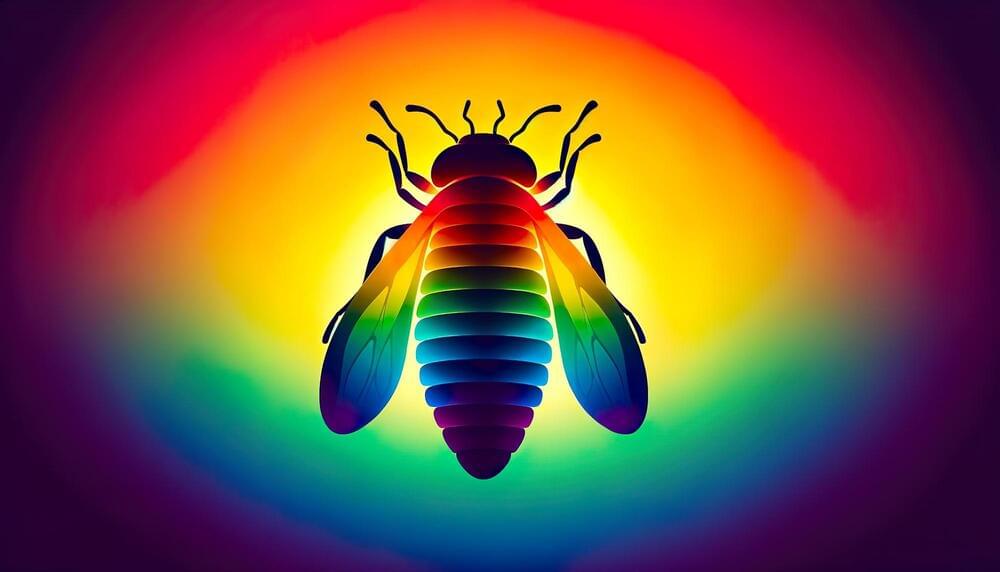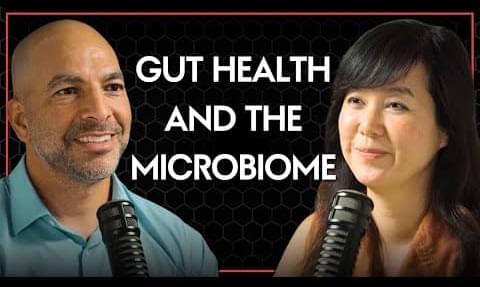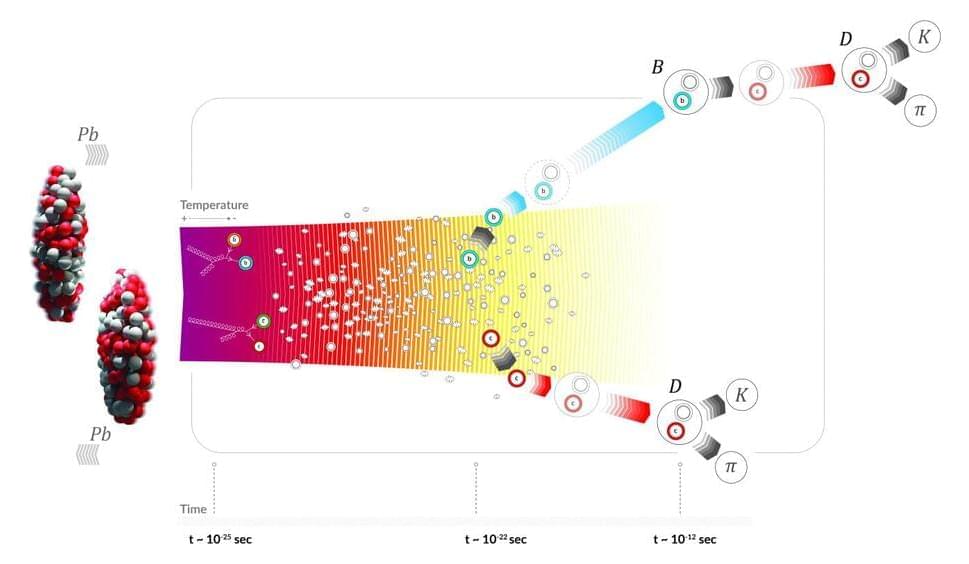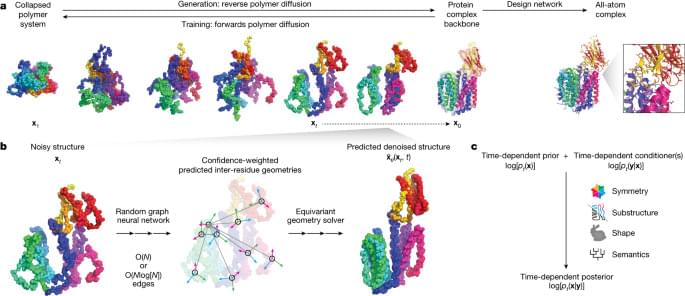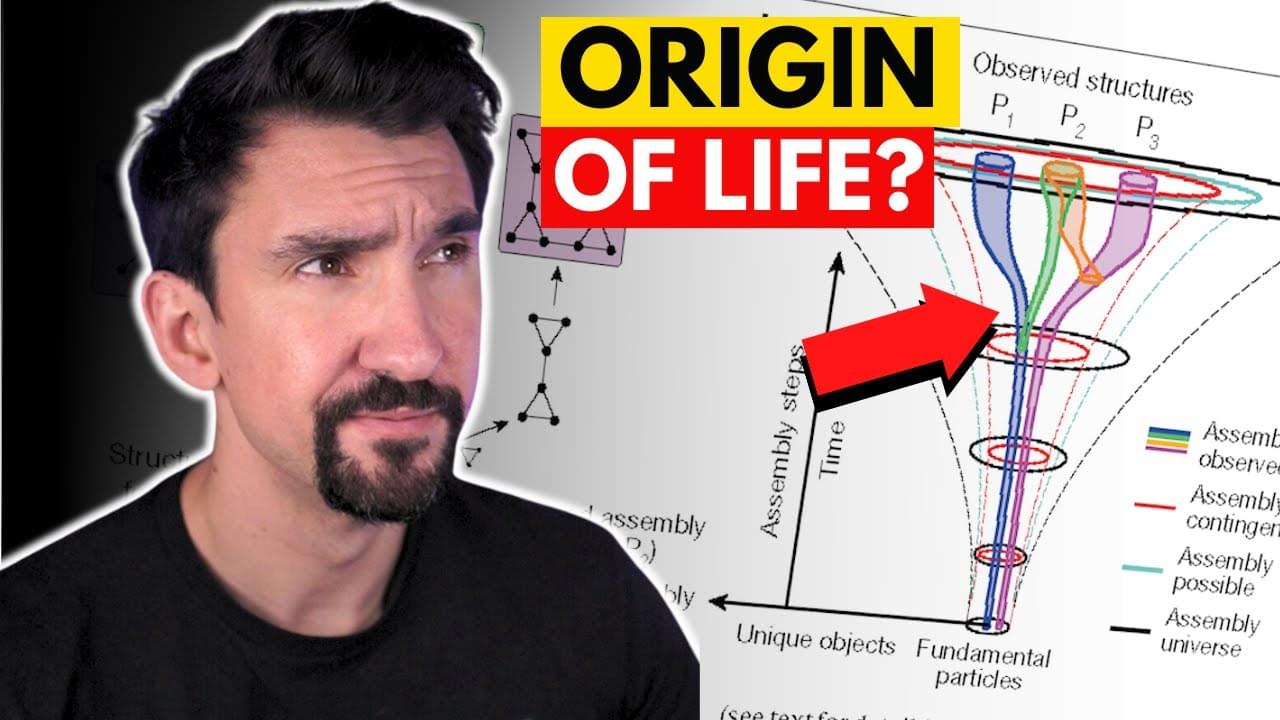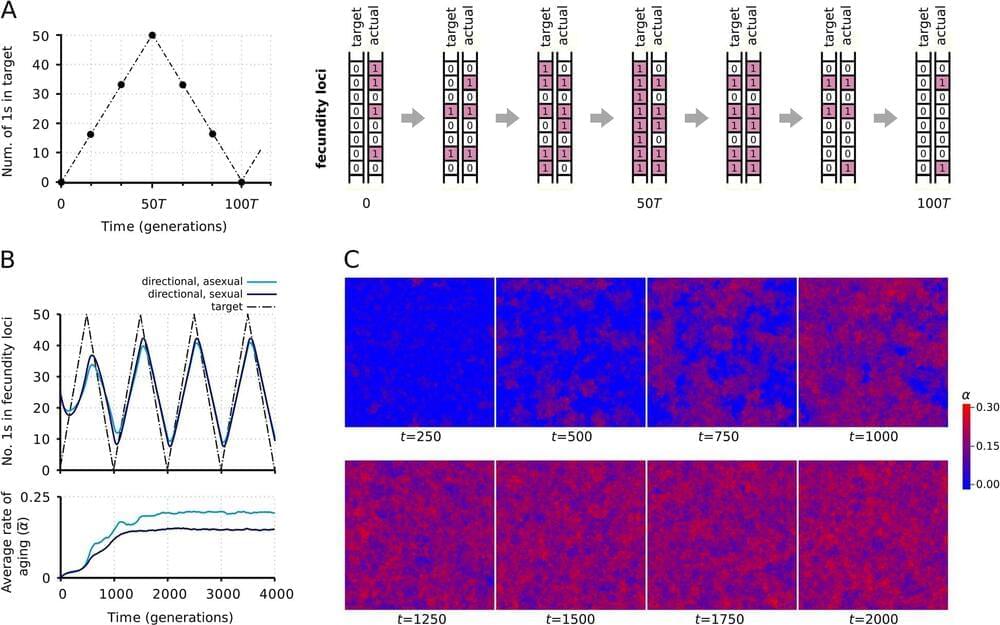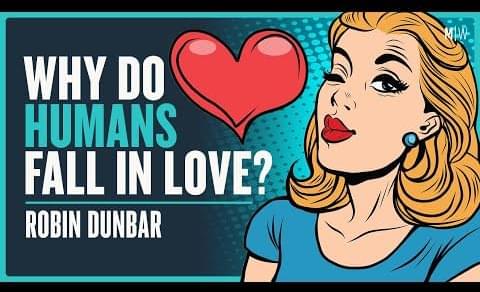Dec 23, 2023
The First Stars and the Cosmic Dawn: A Journey to the Beginning of Time with Webb
Posted by Dan Breeden in categories: alien life, chemistry, evolution, physics
Have you ever wondered what the universe looked like before the first stars were born? How did these stars form and how did they change the cosmos? These are some of the questions that the James Webb Space Telescope, or Webb for short, will try to answer. Webb is the most powerful and ambitious space telescope ever built, and it can observe the infrared light from the most distant and ancient objects in the universe, including the first stars. The first stars are extremely hard to find, because their light is very faint and redshifted by the expansion of the universe. But Webb has a huge mirror, a suite of advanced instruments, and a unique orbit that allows it to detect and study the first stars. By finding the first stars, Webb can learn a lot of information that can help us understand the early history and evolution of the universe, and test and refine the theoretical models and simulations of the first stars and their formation processes. Webb can also reveal new and unexpected phenomena and raise new questions about the first stars and their role in the universe. Webb is opening a new window to the cosmic dawn, where the first stars may shine. If you want to learn more about Webb and the first stars, check out this article1 from Universe Today. And don’t forget to like, share, and subscribe for more videos like this. Thanks for watching and see you next time. \
\
Chapters:\
00:00 Introduction\
01:09 Finding the first stars\
03:21 Technical challenges and scientific opportunities\
07:18 Challenges and limitations \
10:04 Outro\
10:31 Enjoy\
\
Best Telescopes for beginners:\
Celestron 70mm Travel Scope\
https://amzn.to/3jBi3yY\
\
Celestron 114LCM Computerized Newtonian Telescope\
https://amzn.to/3VzNUgU\
\
Celestron – StarSense Explorer LT 80AZ\
https://amzn.to/3jBRmds\
\
Visit our website for up-to-the-minute updates:\
www.nasaspacenews.com\
\
Follow us \
Facebook: / nasaspacenews \
Twitter: / spacenewsnasa \
\
Join this channel to get access to these perks:\
/ @nasaspacenewsagency \
\
#NSN #webb #firststars #cosmicdawn #astronomy #space #universe #infrared #telescope #nasa #esa #science #discovery #history #evolution #reionization #chemistry #physics #light #darkness #bigbang #galaxies #blackholes #supernovae #elements #life #youtube #video #education #entertainment #information #NASA #Astronomy

